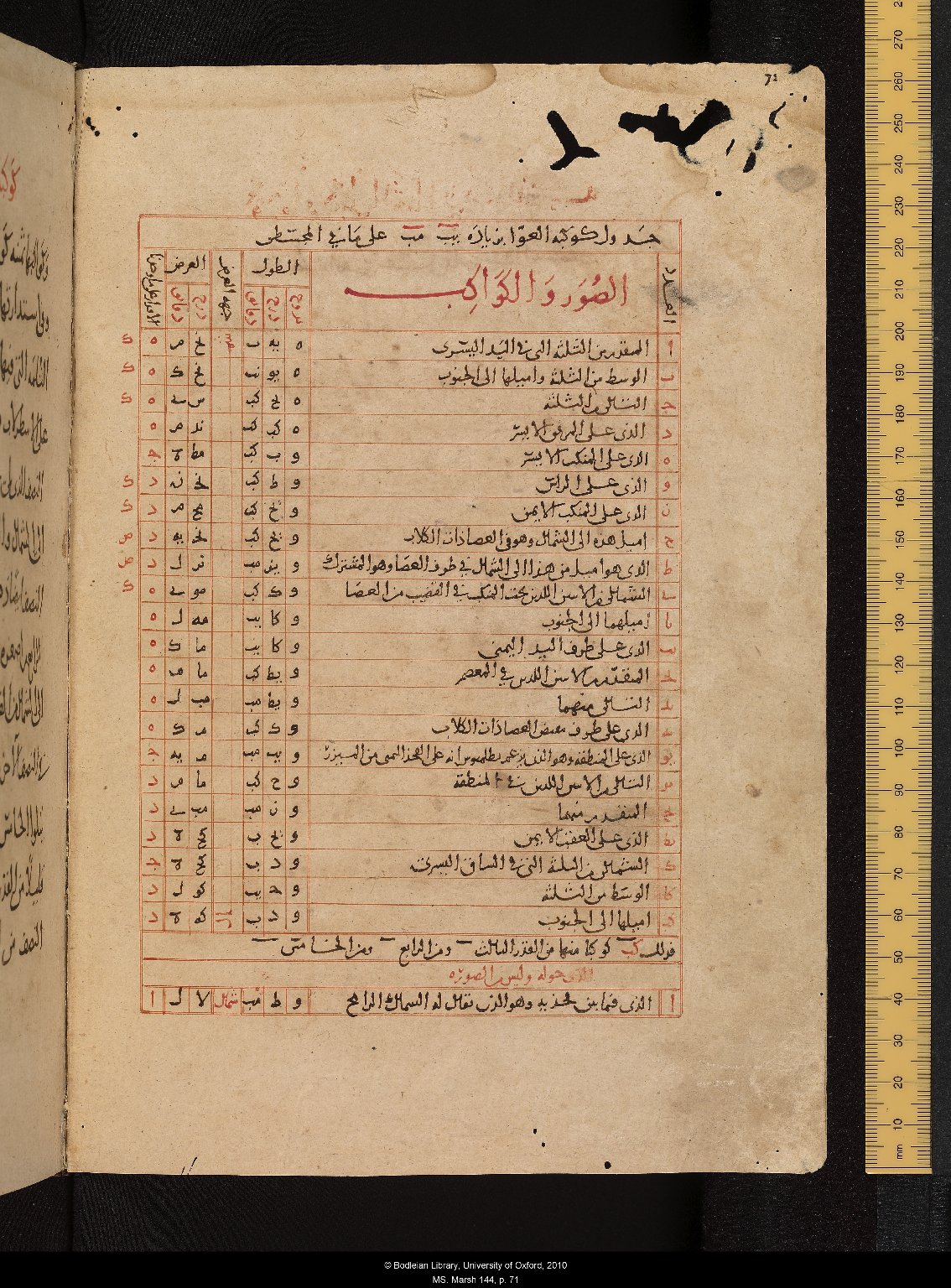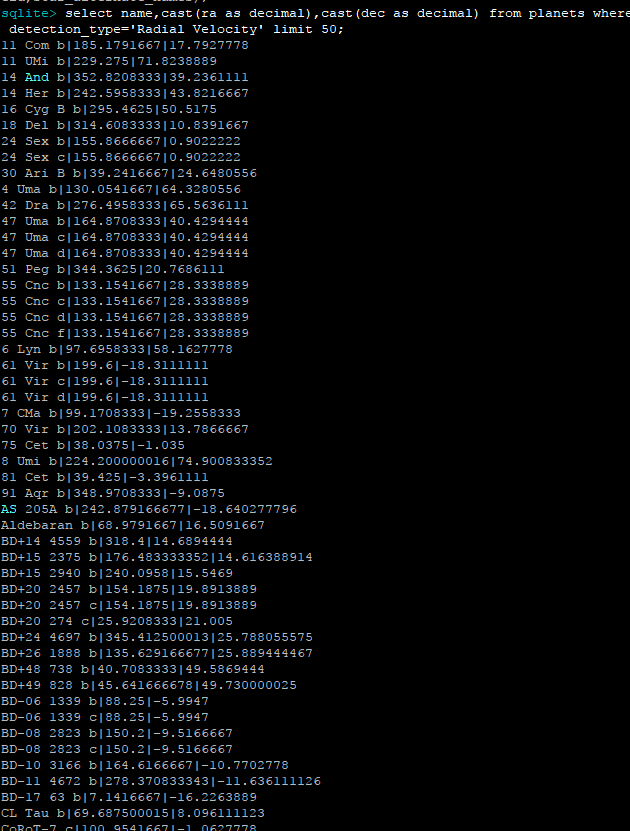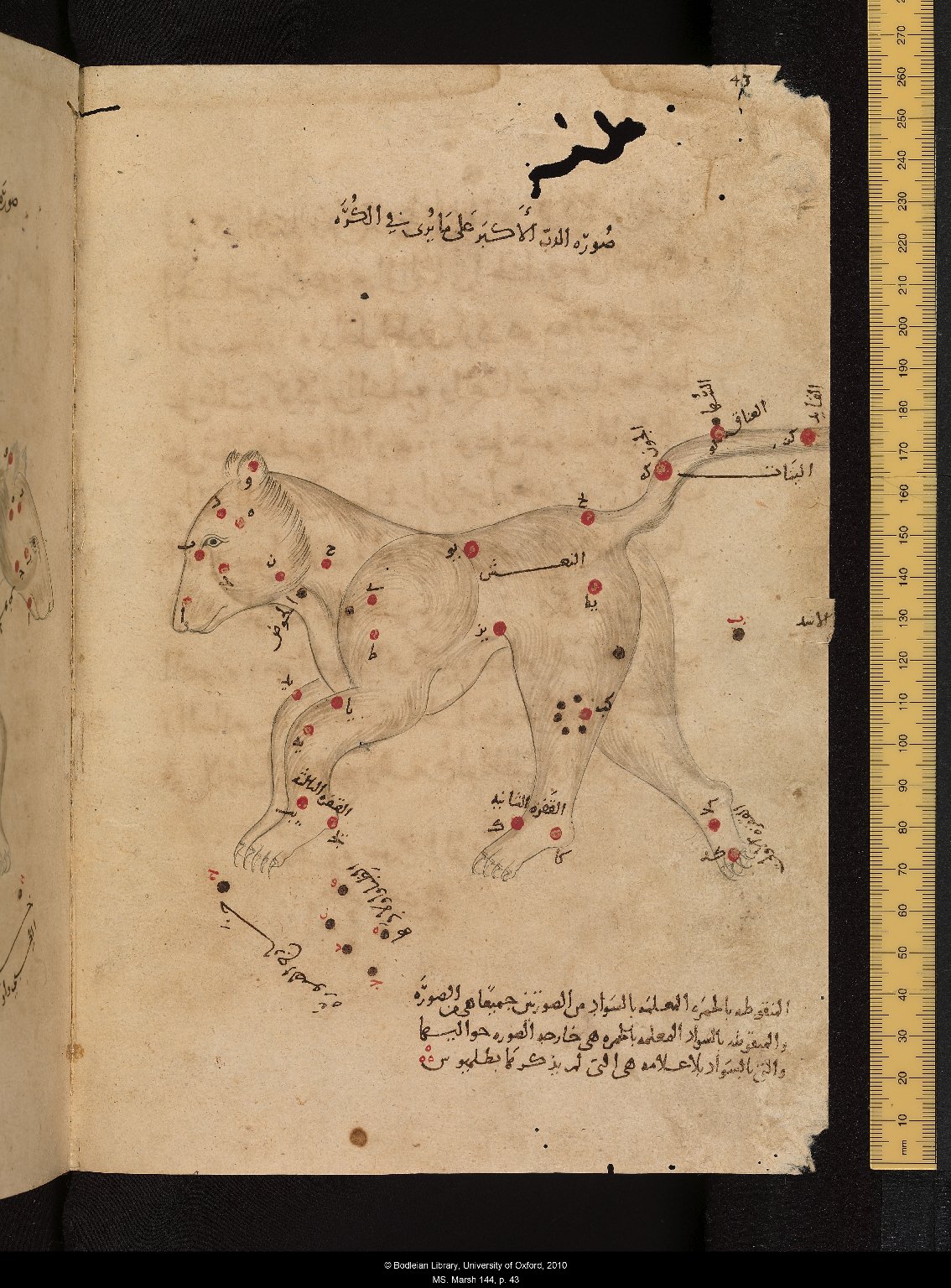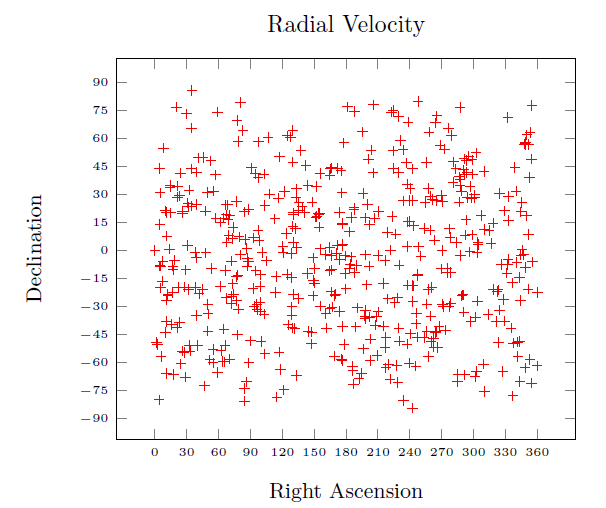Data Organization




(from Bodleian MS Marsh 144)
The structure of how data is accessed in both manuscripts and digital artifacts takes on a wide range of forms. Above, we have two images from Al-Sufi's Book of Fixed Stars, and two images from a homework for a class I took on exoplanets. One of the first pair shows a table detailing the names and positions of stars in a specific constellation, the second shows the results of an SQL query for the names and positions of certain exoplanets into a database. The second pair features more human-comprehensible forms of the same information, they detail how the data looks in the night sky.
Manuscripts used many different techniques to transmit and organize data, and often experimented with how to do so1, and so do our (relatively) young digital artifacts. One particularly nice example comes from Gilbert of Poitiers's commentary on the Psalms He used symbols to categorize psalms by subject matter. Whenever the subject comes up, the symbol would appear with a number above the symbol indicating the how many times the subject has come up so far, and a number below indicating which psalm would discuss this topic next2. In computer science, this is the data structure known as the linked list, where from any element in a sequence, one can easily access the next element in a sequence.